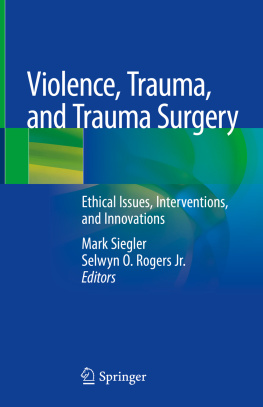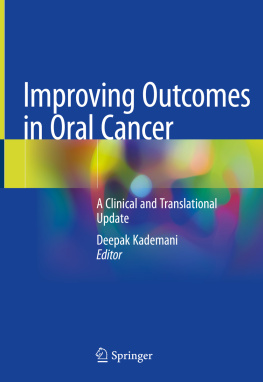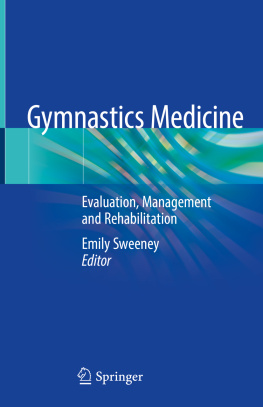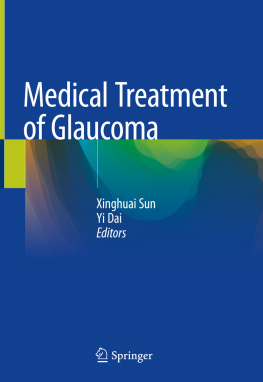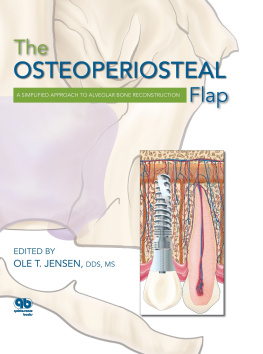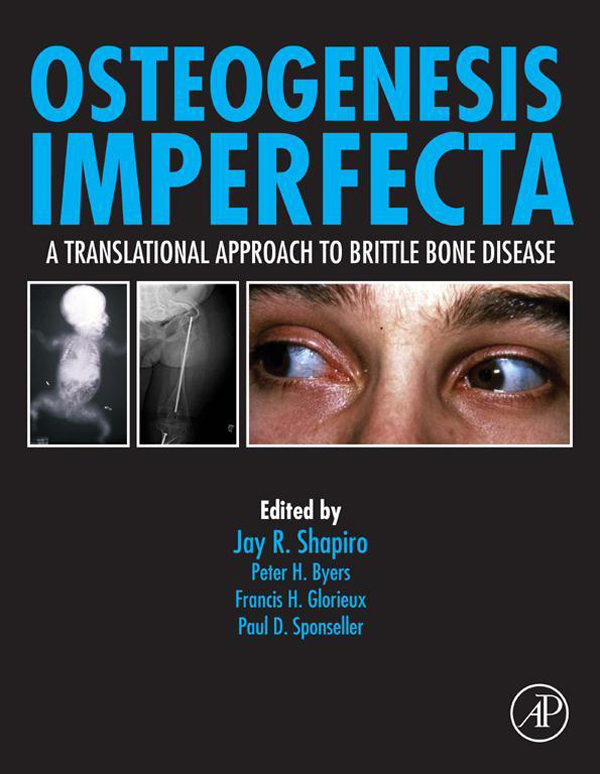Jay R. Shapiro, MD
Department of Bone and Osteogenesis Imperfecta, Kennedy Krieger Institute, Johns Hopkins University, Baltimore, MD, USA
Peter H. Byers, MD, PhD
Francis H. Glorieux, MD, PhD
Paul D. Sponseller, MD
Department of Orthopedic Surgery, Johns Hopkins School of Medicine, Baltimore, MD, USA
Copyright
Academic Press is an imprint of Elsevier
32 Jamestown Road, London NW1 7BY, UK
225 Wyman Street, Waltham, MA 02451, USA
525 B Street, Suite 1800, San Diego, CA 92101-4495, USA
Copyright 2014 Elsevier Inc. All rights reserved. Except .
No part of this publication may be reproduced, stored in a retrieval system or transmitted in any form or by any means electronic, mechanical, photocopying, recording or otherwise without the prior written permission of the publisher.
Permissions may be sought directly from Elseviers Science & Technology Rights Department in Oxford, UK: phone (+44) (0) 1865 843830; fax (+44) (0) 1865 853333; email: for further information.
Notice
No responsibility is assumed by the publisher for any injury and/or damage to persons or property as a matter of products liability, negligence or otherwise, or from any use or operation of any methods, products, instructions or ideas contained in the material herein.
Because of rapid advances in the medical sciences, in particular, independent verification of diagnoses and drug dosages should be made.
Medicine is an ever-changing field. Standard safety precautions must be followed, but as new research and clinical experience broaden our knowledge, changes in treatment and drug therapy may become necessary or appropriate. Readers are advised to check the most current product information provided by the manufacturer of each drug to be administered to verify the recommended dose, the method and duration of administrations, and contraindications. It is the responsibility of the treating physician, relying on experience and knowledge of the patient, to determine dosages and the best treatment for each individual patient. Neither the publisher nor the authors assume any liability for any injury and/or damage to persons or property arising from this publication.
British Library Cataloguing-in-Publication Data
A catalogue record for this book is available from the British Library
Library of Congress Cataloging-in-Publication Data
A catalog record for this book is available from the Library of Congress
ISBN: 978-0-12-397165-4
For information on all Academic Press publications visit our website at www.store.elsevier.com
Typeset by MPS Limited, Chennai, India www.adi-mps.com
Printed and bound in United States of America
14 15 16 17 18 10 9 8 7 6 5 4 3 2 1

Dedication
This book is dedicated to:
Mr. Harry Headley, Executive Director, The Charitable and Research Foundation, for his unparalleled commitment to promoting clinical care, research and education in Osteogenesis Imperfecta.
The Osteogenesis Imperfecta Foundation, Gaithersburg, MD., for its unique role in the support of the Osteogenesis Imperfecta community, their families and young investigators whose research efforts serve to brighten the future.
To the patients, their families and the clinicians and investigators who together have advanced the mission of improved life quality for the individuals with Osteogenesis Imperfecta.
Foreword
This is a present day story of osteogenesis imperfecta (OI). Also known as the brittle bone syndrome, it describes what we now know of this rare experiment of nature and how investigation has yielded important insights into bone biology, genetics and collagen chemistry. In so doing, it has also fully confirmed the rewards which come from the study of rare diseases. For many, research has been driven primarily by the catastrophic lifelong disability which this inherited bony fragility can cause. Known, and described, for centuries as an orthopedic oddity, it was the parallel advances in genetic description and collagen biochemistry which led the way to significant progress. OI now stands center stage as the first of the new metabolic bone diseases. Importantly, increased understanding of the abnormal bone cell biology suggested new ways in which OI might be treated. This book describes these aspects in detail. It also deals with the effect of collagen gene mutations in nonskeletal tissues and with some apparent overlap syndromes. In so doing, its many authors provide a wide and firm base for research.
Early descriptions of the brittle bone syndrome recognized that skeletal and nonskeletal manifestations varied widely in severity but two major groups, mild and severe, could be identified. Some variants, such as those with blindness (subsequently the osteoporosis pseudoglioma syndrome), were later separated off. It was also recognized (by the prescient term hypoplasia of the mesenchyme) that collagen in the skeleton and soft tissues was likely to be defective. When it became possible to study the different collagens and their genes, haploinsufficiency and triple helical glycine mutations defined the major groups. Recently, very rare recessive OI variants, such as those with defective prolyl-3 mutations, provide a fascinating goldmine for collagen chemists and those with noncollagen gene mutations (such as Type V with hyperplastic callus) continue to mystify.
Interpretation of the appearance of OI bone itself has not been easy, especially in the growing skeleton, and quantitative histomorphometry has a language of its own. However, it was here that we began to understand what effects collagen gene mutations have on the skeleton and how they might be dealt with. The simple explanation of the abnormal fragile bone of OI is that the osteoblastic production of collagen is variably reduced and that OI is a disorder of bone formation. One might then reasonably wonder why in some circumstances (particularly in children) OI can respond positively to bisphosphonates, universal antiresorptive agents. This conundrum receives full attention. Theoretically, a more logical approach to the treatment of OI is so-called gene therapy, with the replacement or elimination of the offending gene according to the type of mutation and its effects. This is an oversimplification and, so far, a practical minefield, but some progress has been made in experimental systems. Although the main burden of the collagen gene mutations falls upon the skeleton, defects in other collagen-containing tissues such as the teeth, ears, skin and cardiovascular system complete the brittle bone syndrome.
To get some idea of how much advance has been made and, indeed, how much still remains to be done, the reader should enter the clinic. For the new OI patient of whatever age the diagnosis, type, likely mutation, form of inheritance and prognosis can now be reasonably assessed by the informed physician and confirmed by any necessary investigation, but uncertainties remain, particularly with treatment. Orthopaedic surgery and specialized rehabilitation remain as they have done for many previous decades the cornerstone of skeletal management. In a perfect world, the care of the OI patient should involve many disciplines, but this is not always possible. This is exactly where this book will be most valuable in providing all that is currently known about OI in one place.


